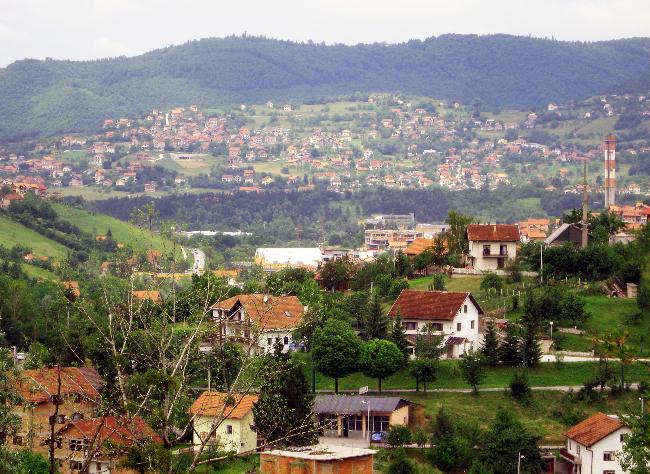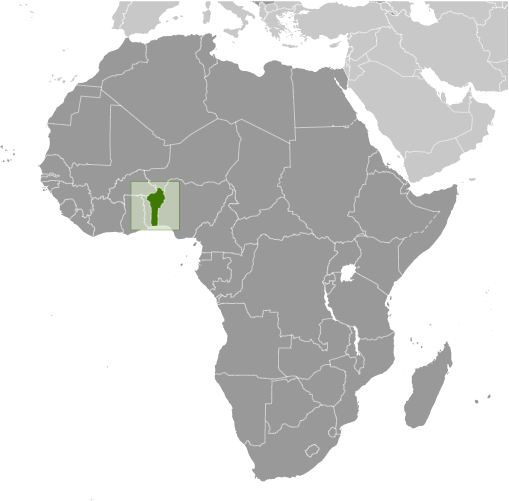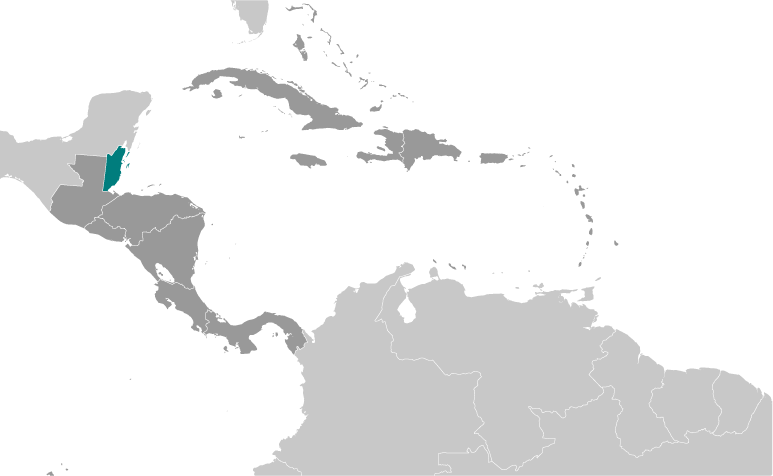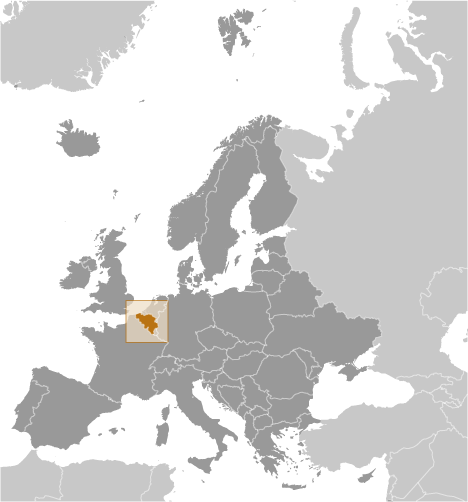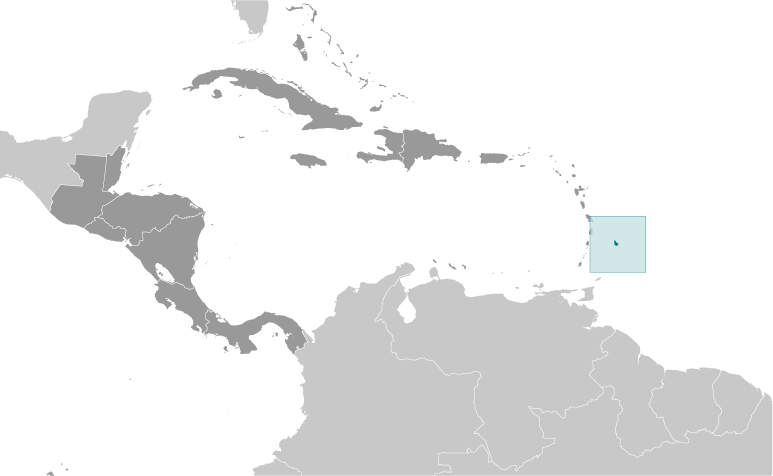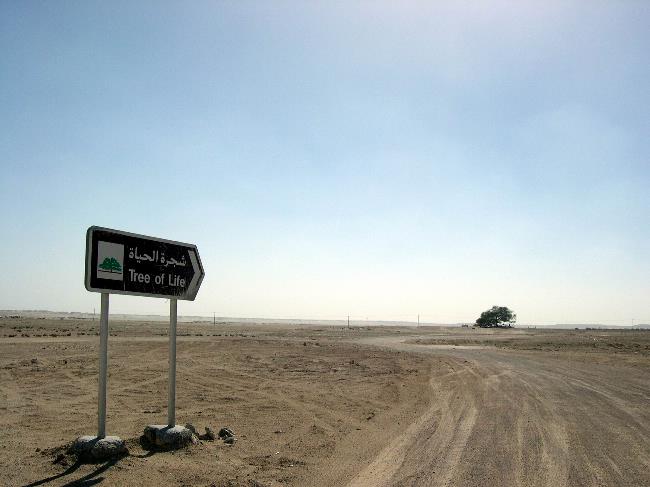About Brazilian Food
From the towering rain forest, to the coastal plains, we could spend a lifetime sampling food in Brazil. Almost as big as the U.S.A, to say that Brazil brings a lot to our Global Table is quite the understatement. I’m willing to bet you’ve had some of the local specialties. Take Brazil nuts, for example. These giants are always the biggest nut in a tin of mixed nuts. Grown wild, high in the canopies of the Amazon, locals stir them into all manner of tasty cakes and sinful confections. Until about five years ago I always avoided the Brazil nut. The flavor seemed so unusual – so earthy – and the texture could be… squeaky. It’s true. But, through the years, I’ve made friends with the Brazil nut (as I have with other strange tasting items, like blue cheese and brie). Give ’em a try! Coffee is another local specialty. Brazil produces more coffee than any other country in the world. If you’ve ever used coffee to lift the cottony fog of sleep from your brain, …
Read More


